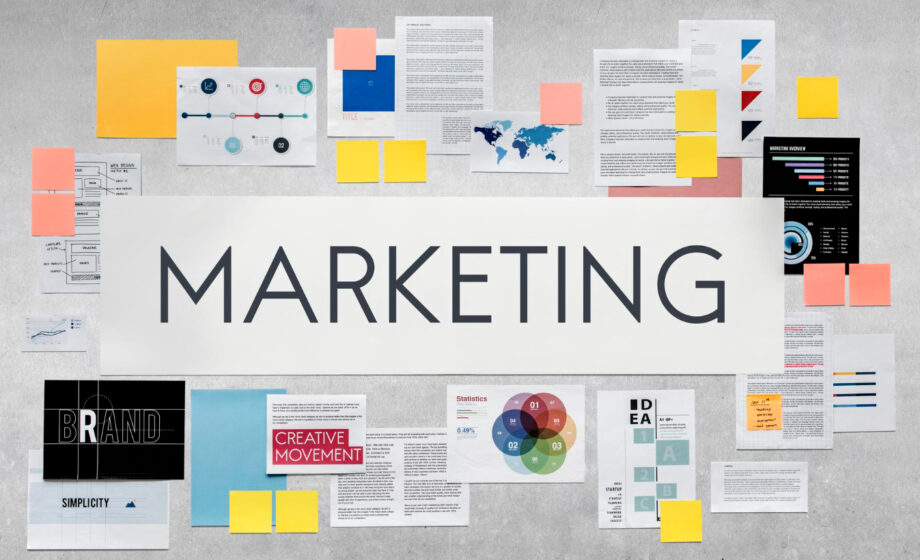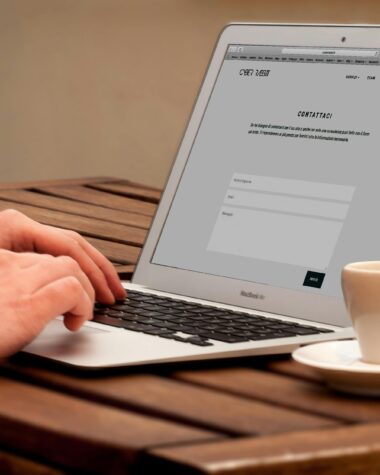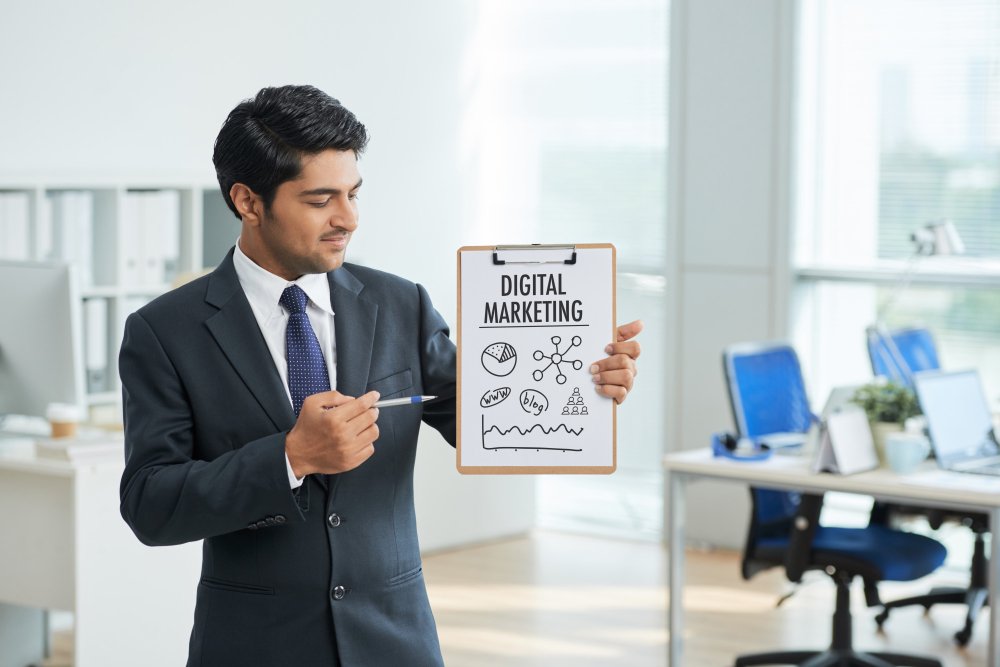When I think about digital marketing in 2024, one thing stands out: personalization is everything. Today, customers want to feel like businesses truly understand them, and as marketers, we need to deliver. I’ve seen how AI and customer data have completely transformed the way I approach my marketing strategies.
The ability to use this data to create tailored experiences has not only improved engagement but also led to higher conversion rates and customer loyalty. With so many tools available now, I know that staying ahead in digital marketing means fully embracing personalization to connect with audiences on a deeper level.
Leverage Customer Data for Personalization
In 2024, customer data plays a pivotal role in creating personalized digital marketing campaigns that drive engagement and conversions. Here’s my approach:
- Data Sources: I collect data from various channels, including website analytics, social media, and email marketing platforms. These sources provide insights into customer behavior, preferences, and interactions.
- Audience Segmentation: By using this data, I segment audiences based on demographics, purchase history, and browsing patterns. This allows me to craft marketing campaigns tailored to specific groups and their needs.
- Personalized Campaigns: With AI tools, I automate personalization in emails and social media ads. These tools help deliver relevant product recommendations and dynamic content that directly aligns with customer behaviors and preferences.
- Data Privacy: Ensuring transparency in data collection and prioritizing compliance with privacy regulations is critical. This builds trust and helps maintain long-term customer relationships.
By effectively leveraging customer data, I can deliver personalized, relevant marketing experiences that resonate with each audience segment.
Using AI Tools to Drive Personalization
In 2024, AI tools have become indispensable for automating and optimizing personalization in digital marketing. I rely on several powerful AI tools to ensure that my marketing efforts are as targeted and relevant as possible.
| AI Tool | Primary Use | Key Features | Pricing |
| Optimizely | Website and app personalization | Real-time segmentation, dynamic content delivery, A/B testing | Custom pricing based on usage |
| Salesforce | Multi-channel personalization | Behavior-driven personalization, adaptive content, predictive analytics | $25/user/month for the basic plan |
| Monetate | Content segmentation and targeting | Scalable personalization, intuitive targeting, A/B testing | Custom pricing |
| Insider | Customer journey personalization | Cross-channel personalization, predictive segmentation, product recommendations | Custom pricing |
| ManyChat | Conversational AI and chatbot marketing | Automated customer interaction, real-time responses, multi-platform chatbots | Starts at $15/month, scales with contact size |
Creating Personalized Content for Better Engagement
Personalizing content is key to improving engagement and connecting with my audience. Here’s how I achieve it:
- Collect Audience Data: I gather data from sources like Google Analytics and CRM systems to understand my audience’s behavior and preferences.
- Segment the Audience: Based on demographics, purchase history, or behavior, I segment my audience to create relevant content for each group.
- Create Dynamic Content: I use dynamic content that adjusts in real-time based on user actions. This includes personalized product recommendations or custom landing pages.
- Personalized Email Campaigns: I include personalized elements in my email campaigns, such as the recipient’s name or past purchases, to increase engagement and click-through rates.
- Interactive Content: Incorporating quizzes or polls helps engage users while gathering valuable data for future content personalization.
- Test and Optimize: Regular A/B testing ensures I deliver the most effective personalized messages, improving engagement and conversion rates.
By applying these strategies, I create personalized experiences that drive better results for my audience and my business.
Measuring the Success of Your Personalization Efforts

To assess how well my personalization strategies are working, I rely on several key metrics:
- Customer Retention Rate (CRR): This measures the percentage of returning customers. A high retention rate indicates that my personalized marketing is building long-term relationships and fostering loyalty.
- Conversion Rate: I track how many users take action after interacting with personalized content, such as making a purchase. This metric helps me gauge the direct impact of personalization on my sales.
- Revenue Per Visitor (RPV): This tells me how much revenue each visitor generates. An increase in RPV shows that my personalized content is resonating and driving higher-value interactions.
- Churn Rate: Monitoring how many customers stop engaging with my business helps identify dissatisfaction. A high churn rate signals that adjustments to the personalization strategy might be needed.
For tracking these metrics, I use tools like Google Analytics for general behavior insights, Mixpanel for user segmentation, and Hotjar to see how visitors engage with personalized content. These tools provide a detailed view of what’s working and what needs improvement, allowing me to optimize my personalization efforts continuously.
By keeping an eye on these metrics, I can ensure my strategies are not only engaging but also profitable.
Conclusion

In 2024, personalizing digital marketing is essential for staying competitive. I’ve seen how leveraging AI and data-driven strategies boosts engagement, customer loyalty, and conversions. By delivering tailored content through emails, websites, and social media, I ensure my brand remains relevant and successful. Staying adaptive and using tools like predictive analytics allows me to refine my strategies and keep ahead in the evolving digital landscape. Personalization is no longer optional—it’s the key to long-term business growth.
What are the key benefits of personalized digital marketing in 2024?
Personalization in digital marketing boosts customer engagement, loyalty, and conversion rates. By tailoring content to individual preferences, I can create stronger connections with my audience, reduce acquisition costs, and increase revenue.
How can I collect data to personalize my marketing campaigns?
I gather data through various channels like cookie-based tracking, customer support interactions, email preference centers, and quizzes. This data allows me to segment my audience effectively and create tailored experiences across different platforms.
What AI tools should I use for personalization in 2024?
AI-driven tools like Optimizely, Salesforce, and Monetate are excellent for creating dynamic content and real-time personalization. These platforms help analyze user behavior and automate personalized campaigns, making it easier to deliver relevant content.
How can I measure the success of my personalization efforts?
Key metrics include Customer Retention Rate (CRR), Revenue Per Visitor (RPV), and Conversion Rate. Tools like Google Analytics and Hotjar allow me to track these metrics, helping me understand the impact of personalized strategies on customer behavior.
How does personalization improve customer engagement?
Personalized marketing enhances customer experiences by delivering relevant content at the right time, leading to better engagement and increased likelihood of purchases.








